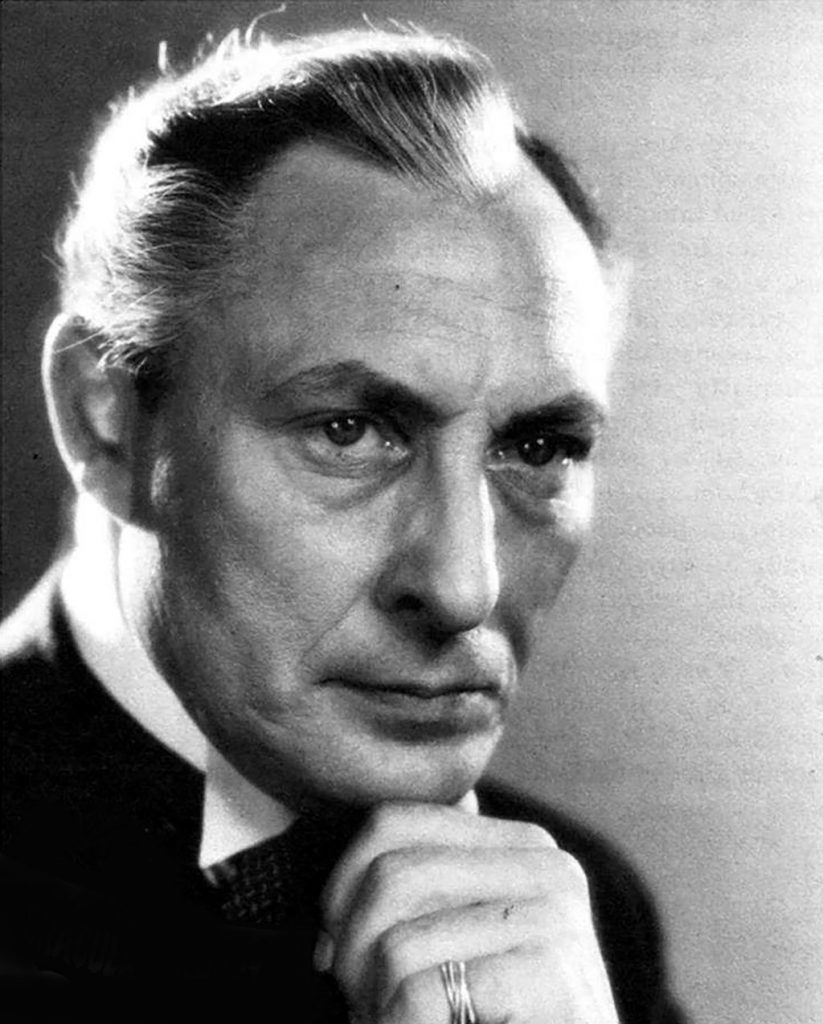I’ve written in this space before about monster kids, those baby-boomer boys (mostly) who grew up immersed in the golden era of escapist horror movies from the late-1950s through much of the ’60s.
Those years saw the great old creature features from Universal Pictures find new life in late-night television packages, often hosted by locals taking on weird personas (and gaining their own followings).
At the same time, small but feisty studios like American International and Allied Artists had discovered that the burgeoning, young, movie-going audiences didn’t want stars as much as they wanted thrills; in response, filmmakers got busy knocking out dozens of low-budget scare flicks that filled both hardtop theaters and drive-ins.

And there to chronicle it all were magazines like Famous Monsters of Filmland and Castle of Frankenstein, celebrating past, present and future fright films with articles and photos (in those pre-home video and cable/satellite days, reading about a film and looking at still photographs were often the only ways to experience it).
For many, myself included, it amounted to a baptism of sorts: Once you went under the current, you were forever changed. And for some of us, the experience was so powerful that we’ve spent at least a part of our adult lives doing something related to horror … or monsters … or the nostalgia we feel for that era.
That brings us to “monster kid” Craig Lamb of Claremore, who’s combined all three of those elements – horror, monsters and nostalgia – into a new feature film, Dracula’s Ghost. Maybe “newly constructed feature film” would be more accurate because he has taken elements from old horror pictures that have fallen out of copyright and edited them into something new – a low-tech movie that has the look and feel of something you might have caught at 3 a.m. on a low-power UHF channel back in the old days. Horror-fan favorite Bela Lugosi is featured in this picture – his brief appearances cleverly cobbled together from pieces of disparate films.
“One of the reasons the title, Dracula’s Ghost, came to me was that I treat the character as a ghost throughout the movie,” Lamb says. “He makes these fleeting appearances and then disappears. He doesn’t interact with the other characters. He’s not your typical Dracula. He’s a monster who comes to kill.”
Lamb, whose other work includes the locally lensed VHS feature Curse from the Mummy’s Tomb (1996), actually got the idea to do Dracula’s Ghost some three decades ago, when the home-video explosion led to the release of many old features on tape. The copyrights on some of those pictures had expired and hadn’t been renewed, which meant they were in the public domain and anyone could copy and sell them without having to pay for the privilege. A horror number called The Vampire Bat, released by the tiny Majestic Pictures in early 1933, was one of those.
“It was, let’s see, 30-plus years ago that I first saw The Vampire Bat,” Lamb says. “It didn’t play a lot on the late-night television horror shows, so I didn’t see it until I picked up a copy on VHS. And the instant I watched it, I thought, ‘Well, gosh, that’s just an inch away from being a vampire movie, a Dracula movie.’ I mean, there are lots of bats in it, and a lot of superstition, but it’s a murder mystery. It’s a throwback to an earlier period when the monster always turned out to be some guy in a mask. In this case, it wasn’t a mask, but a killer who was going about convincing the peasants that a vampire was afoot, when in reality he was killing people for his scientific experiments.”

Somewhat stagebound, like many early talkies, Vampire Bat sets itself apart from other horror pictures of the period. First, it was shot on sets owned by Universal (which Vampire Bat’s producer rented). Second, it had some notable stars: Fay Wray, who was already a presence in the genre (her most famous picture, King Kong, would come out a few months after Vampire Bat); Lionel Atwill, a reliable screen menace; Dwight Frye, who’d made a big impression as the fly-eating madman in Dracula a couple of years earlier; and future big-studio leading man Melvyn Douglas. That cast was another reason Lamb thought it would make a good candidate for reworking.
“I thought about it for many years, but I just never got around to it,” he says.
Then, one slow weekend not long ago, the idea popped unbidden back into his head, leading him to wonder how much public-domain footage of Bela Lugosi in vampire togs he could find.
The short answer is: not a lot, but enough.
Lamb ended up finding an ancient theatrical short in the Hollywood on Parade series and a couple of trailers, one for 1935’s Mark of the Vampire and another for the 1951 re-release of Dracula. (Many trailers are in the public domain.) From those, he gleaned enough images of a Dracula-esque Lugosi to, he felt, alter Vampire Bat into a real vampire picture. (Other footage came from public-domain spookers like 1935’s Condemned to Live, 1932’s White Zombie and 1940’s Devil Bat, the latter two also starring Lugosi.)
Amazingly, he says he put the whole film together in two days. But it was two hard days.
“It was pretty much around the clock,” he says. “I don’t think I slept at all in-between. When I get on a kick like that, I go until it’s done.”
The hardest part of the process, he adds, was doing some single-frame animation to make the added footage work.
“There’s one scene where Bela Lugosi walks across a dark background, and that was taken out of the Hollywood on Parade, where, in the original footage, he’s got a wax museum behind him. So I had to go in and literally cut him out, one frame at a time, with my [computer] art program, and put him over the black background. Of course, each frame had to be aligned exactly, so he’s not jittering around.
“I also had to go in and artistically touch up the edges. Then I’d take that frame, pop it into the editing program, and repeat the process; each frame was 1/24th of a second. It’s a five-second clip, which doesn’t seem very long, but it’s five seconds at 24 frames per second – with each frame having to be artistically fooled with to make him look right.”
Lamb doctored another scene – replacing Atwill with Lugosi – that proved just as challenging.
“I had to split the frame that originally had Lionel Atwill in it and put in a new background, which included a new pillar to replace one that was beside the door,” he says. “Originally, Fay Wray came out of the doorway and her arm crossed the original pillar. Since I had replaced that one, her arm disappeared in front of the new pillar. So I had to cut her arm out and put it where it should be. Sometimes, I had to kind of draw it in because it was blurred or whatever. And that was all one frame at a time, too.”
After offering a preview of Dracula’s Ghost online to the horror-fan community, Lamb put the 54-minute feature for sale on eBay. The cost is $20, plus $3.50 postage and handling.
“When I previewed it for the monster crowd, I thought they were going to eviscerate me because they don’t take well to anyone messing with their heroes,” he says with a chuckle. “But I had very favorable comments. The only problem with the monster kids that I could see is they might just want more Bela.”


























